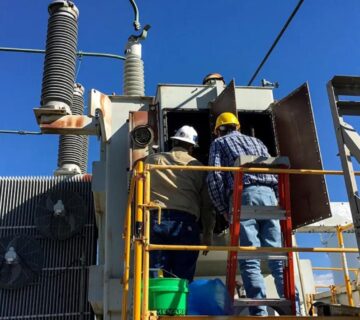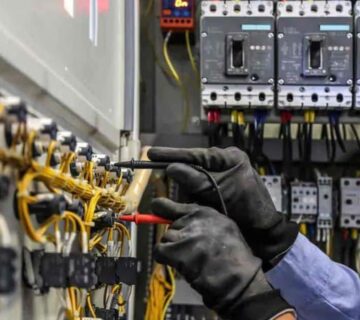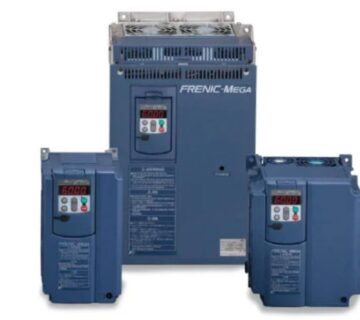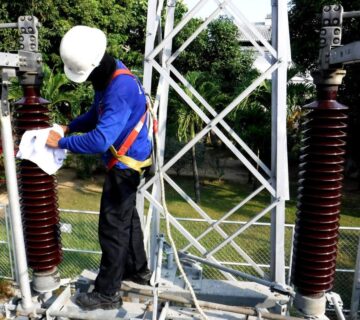Battery energy storage systems (BESS) have become a key technology in modern energy management, providing reliable power storage for homes, businesses, and utilities. By storing excess energy during low-demand periods and releasing it during peak demand, BESS can optimize energy usage and improve system reliability. In this article, we’ll walk you through the essential steps for setting up a battery energy storage system to meet your energy needs.
1. Assess Your Energy Requirements
The first step in implementing a battery energy storage system is to assess your energy requirements. Determine how much energy you consume on a daily and seasonal basis, and identify the peaks and troughs in your energy usage. This will help you choose the right battery size and storage capacity to ensure the system can meet your needs while optimizing costs.
2. Choose the Right Battery Technology
There are several types of battery technologies available, each with its advantages and disadvantages. Lithium-ion batteries are the most common choice for residential and commercial applications due to their efficiency, compact size, and longer lifespan. However, depending on your specific needs, you may consider alternatives like lead-acid, flow, or sodium-ion batteries. Select a technology that aligns with your budget, energy needs, and desired longevity.
3. Install the Battery Storage System
Once you’ve chosen your battery technology, it’s time to install the system. Battery energy storage systems usually consist of the batteries themselves, an inverter (to convert DC to AC power), and a battery management system (BMS) to monitor and control the storage process. It’s essential to work with qualified professionals to ensure the system is correctly sized, safely installed, and compliant with local regulations.
4. Integrate with Your Existing Power Grid
After installation, the battery system needs to be integrated with your existing power grid or renewable energy sources (e.g., solar panels or wind turbines). The battery system should be able to automatically charge during periods of low energy demand and discharge during peak demand times. Proper integration ensures that energy storage is seamless and maximizes the system’s efficiency.
5. Monitor and Maintain the System Regularly
Once the battery energy storage system is up and running, regular monitoring and maintenance are crucial to ensure it operates efficiently. Use software or monitoring tools to track the battery’s performance, charge/discharge cycles, and overall health. Regular maintenance will help detect any potential issues early and extend the life of your system. This can include cleaning, updating software, and checking connections.
Conclusion
Implementing a battery energy storage system is a powerful way to optimize your energy use, lower electricity costs, and ensure reliable power. By assessing your energy needs, choosing the right battery technology, installing the system properly, integrating it with your existing infrastructure, and maintaining it regularly, you can significantly enhance energy efficiency and reliability. A well-implemented BESS can provide long-term benefits for both residential and commercial applications.








No comment